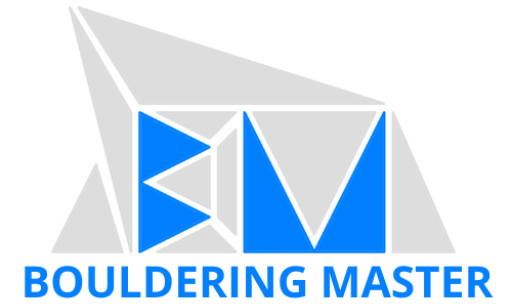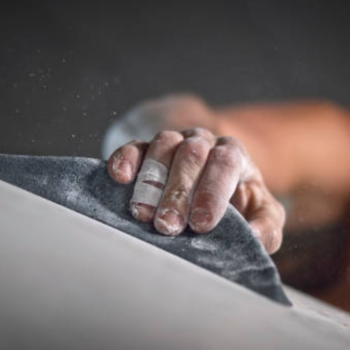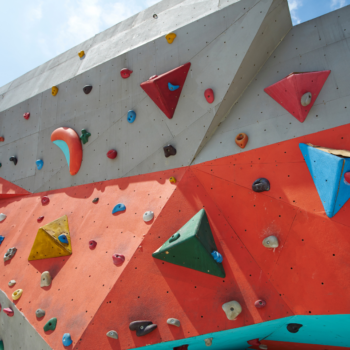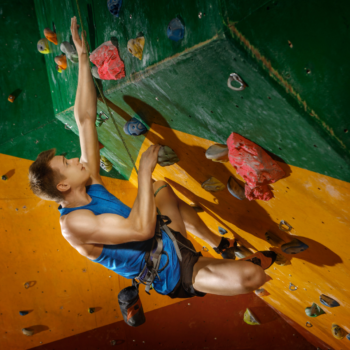Understanding Bouldering Climbing Grades: How Difficult is that Route?
For both beginner and seasoned climbers, there is one question that will cross both climbers minds: How difficult is the route? the answer comes in the form of climbing grades, a system that rates the difficulty of a climbing route based on factors such as strength, technique, mental focus, and etc. There isn’t just one perfect climbing grade system used universally, but several grading systems used around the world.
How do bouldering routes get their climbing grades?
An important point to make is that all climbing grades are subjective. The first climber or routesetter will suggest an appropriate grade based off of various factors. More people will try it and give their opinion on the grade of the problem. An overall consensus will determine the climbing grade. Yet, people tend to struggle to agree on things. In this case, there are various variable that can make two routes of the smae grade feel completely different i.e. steepness, height of climber, and conditions. It is important to remember that when you are looking at climbing grades, you may consider a grade “easier” or more “difficult” than what it has been graded. It is all subjective.
This article will cover the most widely recognized scales: the Vermin Scale (V-Scale) and the Fontainebleau Scale (French Scale).
Top 2 Bouldering Climbing Grades
The Vermin Scale (V-Scale)
The Vermin Scale, commonly referred to as the V-Scale, is used to grade bouldering problems. If you would like to learn more about what bouldering is, please check out our comprehensive guide. This scale measures the difficulty of a bouldering problem based on its technical demands, as well as the mental and physical challenges it presents. It is widely used in North America.
Grade Range: VB – V17 (or higher)
- VB – V3: Represents relatively easier bouldering problems, suitable for beginners and lower intermediate climbers. Moves are generally straightforward and require less strength. Normally grading will start at V0, but sometimes a VB rating will be used to designate a problem easier than V0 and intended for first timers.
- V4 – V6: Climbers at this level are expected to have a good grasp of technique and strength. Problems may involve small holds, overhands, and/or more complex body movements.
- V7 – V10: These grades are for advanced to expert climbers. The problems often require powerful moves, high-level technique, precise body positioning, and/or dynamic movements.
- V11 and above: Elite level problems, often reserved for professional athletes. These problems can involve extremely difficult moves, high mental focus, specialized techniques, and high ability for problem solving.
Sometimes, a plus (+) will designate a bouldering problem being on the more difficult side of the climbing grades (i.e. V4+). A minus (-) will desgnate a problem as not quite that level and being on the easier side of the grade (i.e. V4-).
Video on American V-Scale
Here is a comprehensive video on the V-scale by Jake Mason, Head Routesetter at Yonder and Hang. He walks you through indoor bouldering grades and discusses some of the common disagreements among climbers when it comes to climbing grades.
The Fontainebleau (French Scale)
The Fontainebleau Scale is one of the oldest and most respected grading systems for bouldering and is primarily used in Europe. Named after the famous bouldering area of Fontainebleau in France, this scale also evalutes short, ropeless climbs, with an emphasis on the difficulty of individual moves, technicality, and overall flow of the route.
Grade Range: 1 – 9A (or higher)
- 1 – 3: These are beginner friendly problems, often involving large holds and straightforward movements.
- 4 – 6C: Intermediate to advanced climbers will find these problems challenging, requiring a combination of strength, technique, and ability to problem solve.
- 7A – 8B: At this level, climbers face significantly harder problems, often involving small, charp holds and dynamic moves. These problems require a higher level of fitness and technique.
- 9A and above: These represent the most difficult problems. Reaching this level requires the highest level in skills, endurance, mental/physical strength, and precision.




